The Delaware River waterfront is a historical area located in downtown Philadelphia that is presently experiencing an exciting transformation. Several visionary projects are on the table for the rehabilitation of the waterfront, so it will flourish with life and energy for those living, wandering, or working within it. The undertakings-intermixed developments, environmental programs, and so forth aim to improve access and sustainability and create vibrant public spaces.
The Vision of Delaware River Waterfront
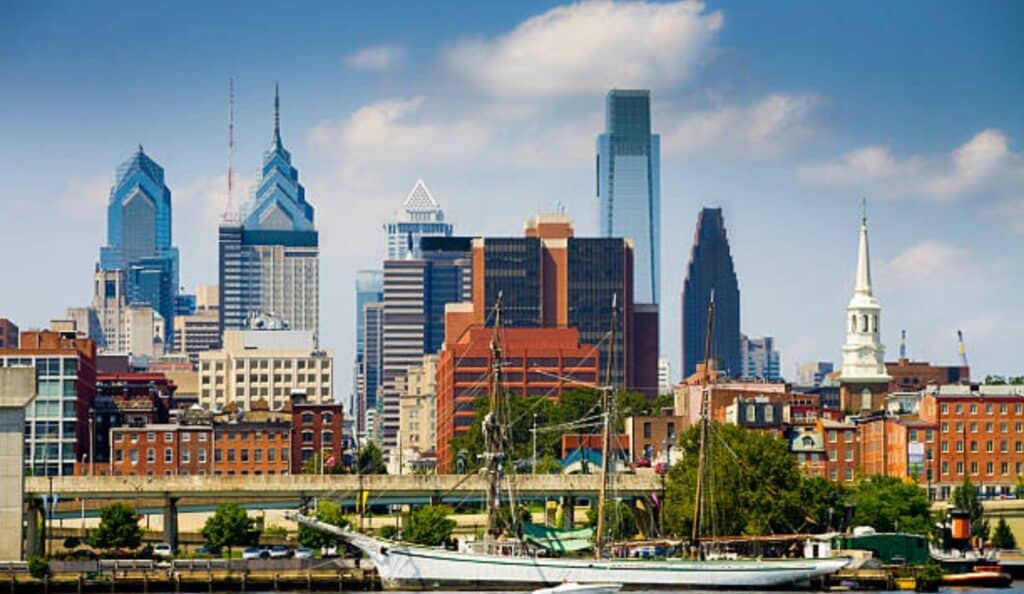
Such radically transformative plans are underway for what is a very old and culturally dynamic site on the Delaware River waterfront. This former industrial, poorly used theater will again be vibrant- this time not as a producer of goods but as a producer of community interaction, economic activity, and environmental quality. For centuries the Delaware River waterfront has been the heart of commerce and trade in the City of Philadelphia, and even today, there are ongoing projects to reinvent and revitalize the waterfront as a dynamic, easy-to-access hub that can serve the needs of live, work, play, and travel communities.
Covering only some measures of residential, commercial, recreational, and environmental features, the new development projects on the Delaware River waterfront hope to create a coherent and connected experience of the waterfront that will celebrate historical legacies while charting new urbanism principles for the modern-day. From the building of vast parklands and pathways optimized for people to experience nature to new mixed-use buildings and inventive public spaces, each contributes to the overall reconciliation of the waterfront.
This approach involves a whole transformation from the very physiognomy of the waterfront to the character of the community that permits and celebrates the area’s rich multicultures. The developments aim to be accessible, sustainable, and culturally enriching by offering a place where everyone can succeed. Whether through encouraging the life of the parks in the natural habitat they will create facilitating active movement or providing cultural and artistic opportunities, these projects will surely improve the quality of life for all who come to know the waterfront.
The Top Delaware River Waterfront Projects in the Works:
Race Street Pier
Race Street Pier, located in Philadelphia, is a distinguished place that lies along the Delaware River and gives users a peek at the Benjamin Franklin Bridge. It is characterized by one upper promenade and one lower seating area, where one can find a place to walk and jog quietly. The replicative use of indigenous plant species means that the whole garden has diversity in vegetation, thereby creating a peaceful environment.
Reserved for recreation, the space would have function areas for picnics or yoga, lounging areas for casual gatherings, and open parks. It also has views that can be ideal for photography and sightseeing because it overlooks both the Delaware River and the Benjamin Franklin Bridge. The pier serves as a venue for numerous events throughout the year, including open-air fitness programs, culture festivals, music performances, and art installations. The renewed pier features urban open spaces in cities, creating a quality of life for residents and tourists alike as they use the pier to exercise, socialize, and refresh their minds. Such future endeavors could mimic city parks, evincing the realization of their beauty within their modern conveniences.
The Washington Avenue Connector
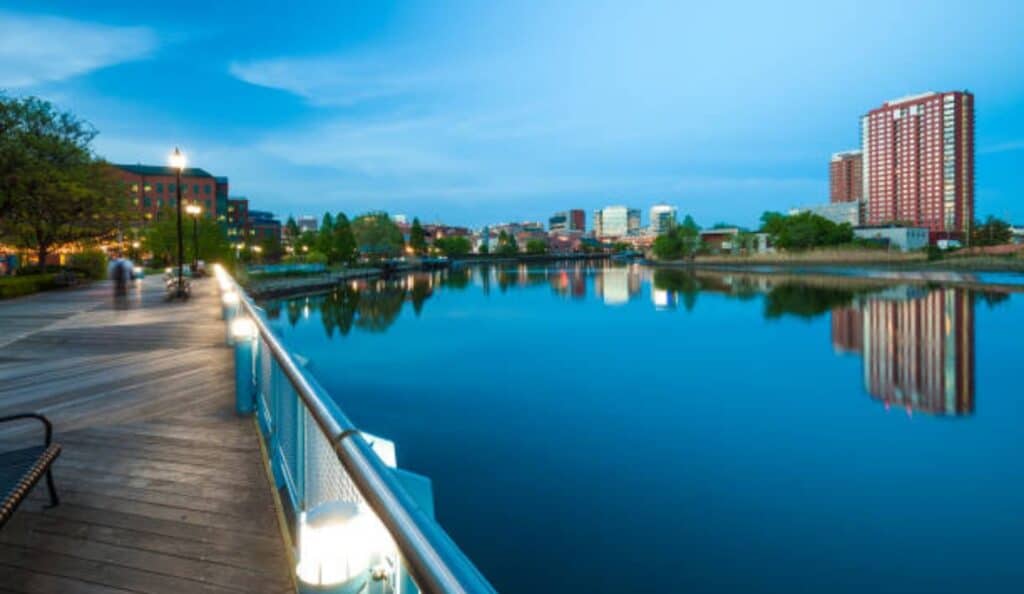
The Washington Avenue Connector project seeks to ameliorate the gap between Washington Avenue and the Delaware River waterfront. This project aims at enhancing connectivity and improving pedestrian safety in support of local businesses to increase the overall accessibility and attractiveness of the waterfront area. The project entails new sidewalks, lighting improvements, and landscaping to create a more inviting and safer pedestrian pathway.
The project would, therefore, add to the residents’ quality of life by creating a pedestrian route that is safer and more attractive. The increase in foot traffic created by the project will have a ripple effect on the local economy, benefiting businesses along the corridor. Enhanced access to the waterfront will facilitate residents and visitors connecting with cultural and recreational opportunities.
In summary, the Washington Avenue Connector project is, in many respects, a giant stride in the revitalization of the Delaware River waterfront. The project will enhance connectivity, promote pedestrian safety, and support local businesses in creating an urban environment that is lively and inclusive. It will become increasingly evident that once the pathway is completed and opened to the public, it will have a positive impact on the community and economy, providing more incentives to make Washington Avenue and the waterfront two dynamic and attractive destinations.
The Delaware River Trail Extension
The Delaware River Trail Extension aims to provide better waterfront connectivity with a continuous path for pedestrians and cyclists. The project is envisaged as a seamless route that accommodates all ages and abilities while promoting an outdoor life and healthy living. Highlights include magnificent views of the Delaware River, green infrastructure elements such as rain gardens and native plantings, and public amenities such as benches and bike racks.
Designed to improve accessibility to the area and provide a sense of community and inclusion, the extension will help more visitors enter the area, spending money with such local businesses as cafes, restaurants, and shops. In addition, the trail would contribute to efforts to turn the waterfront into a center for cultural and recreational activities, enabling easy access to many attractions, events, and activities.
It can be said that the Delaware River Trail Extension is a transformational project that will enhance connectivity significantly along the waterfront in support of outdoor activities and a vibrant and inclusive urban environment. Its design and amenities will similarly bolster the ongoing efforts to revive the waterfront.
Cherry Street Pier
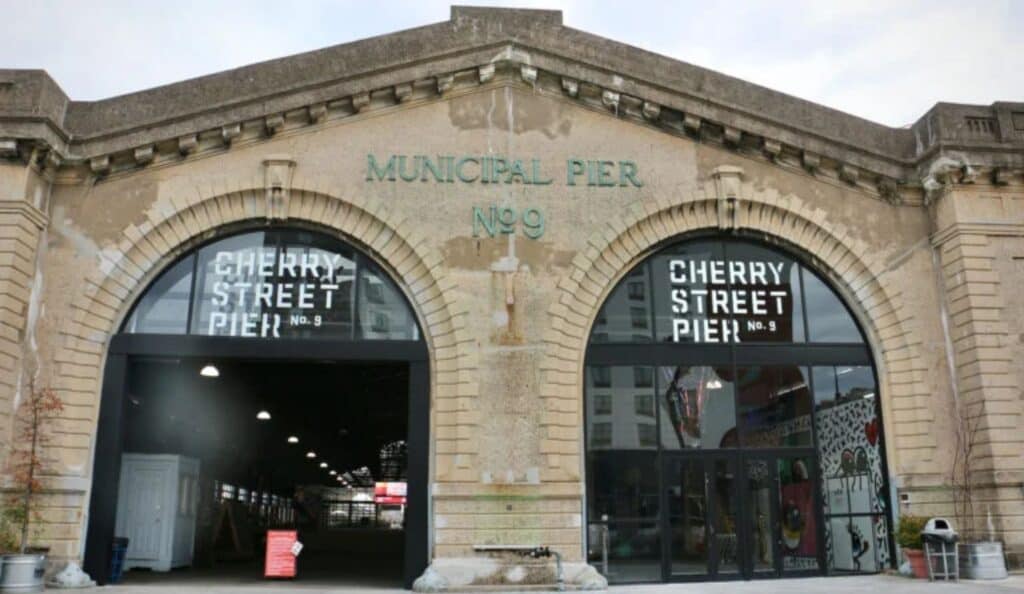
Cherry Street Pier exemplifies urban renewal activities that entice historic spaces into modern usage. Once a hub of industrial activity, the pier has been converted into a lively public space that honors the area’s rich history while providing many facilities for cultural and recreational activities.
It provides rotating art installations, featuring art from local and international artists, and hosts events all year long that attract diverse crowds, enhancing their appreciation of culture. It also has food vendors galore, providing a culinary discovery around every corner for every taste and preference. Its architectural features are preserved by the inclusion of large steel trusses and open space, setting the perfect precedent for future waterfront projects.
Cherry Street Pier represents adaptive reuse and creative placemaking thoughtful design and community engagement can reinvigorate the life of urban spaces. Its success is heralding a new creative transformation era along the Delaware River waterfront, further showcasing adaptive reuse and the impact of cultural and recreational programming.
Pier 68
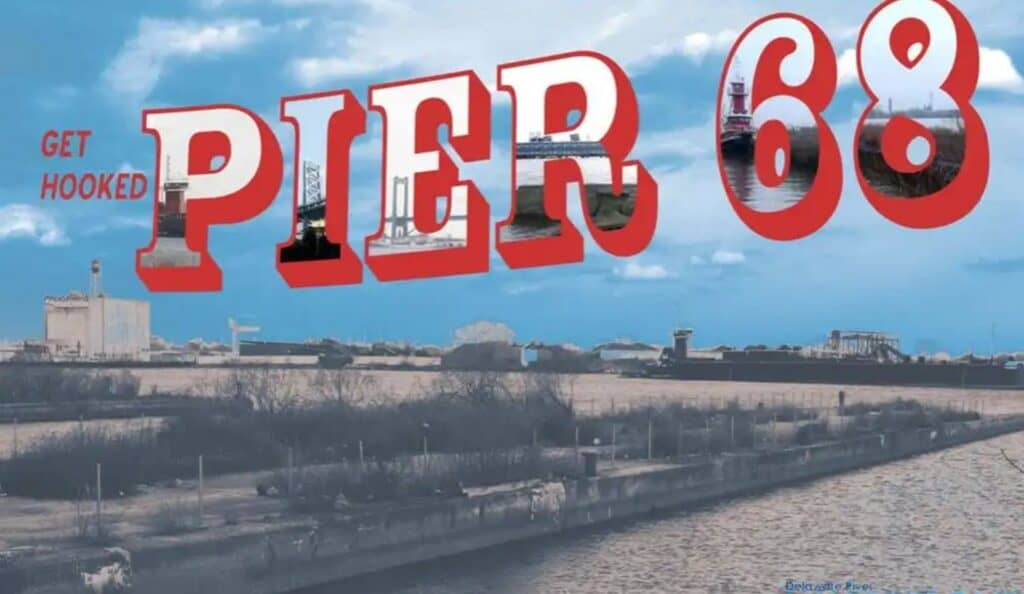
Pier 68-the park, right across the South Philly Walmart, is one of the finest examples of urban making and transformation. From having been simply an underutilized space, it is now converted into a serene public park that offers recreational opportunities as well as educational opportunities.
It features a unique Aquatic Cut, a 4.5-foot cut allowing tidal activity to filter through, providing an educational opportunity. The space will include dedicated areas for fishing and built-in fish-cleaning stations. There is a popular picnic location, the Picnic Grove, which displays a lovely view of the river. Pier 68 serves as a learning source for the environmental interpretation signage and sampling related to the river’s tidal ecology. This is also open throughout the year and complements other waterfront improvements that include the Delaware River Trail and Southern Wetlands Park Project. It also supports the local economies and contributes to the vitality of the area.
Bike and Pedestrian Path
From Washington Avenue to Spring Garden Street, the Columbus Boulevard dedicated bike and pedestrian path is a key project for ensuring safety, accessibility, and connectivity for cyclists and pedestrians. The path intends to minimize crashes and conflicts with motor vehicle traffic, thus encouraging easy and inclusive use. The level of connectivity will allow users to traverse between key destinations and attractions.
Other important features of the path include delineated lanes with safe crossing and some landscaping. It supports active transportation, thus creating a healthier community and reducing traffic. Activities are in favor of local businesses, creating more traffic and a better quality of life. The project is, thus, a transformative endeavor providing enhanced living conditions for natives and visitors alike, socially supporting local businesses and environmentally sustainable practices.
Penn’s Landing Redevelopment
The Penn’s Landing Redevelopment is a $2.2 billion investment into reconnecting today and tomorrow Center City Philadelphia to the waterfront of the Delaware River. The creation includes a $329 million pedestrian-friendly highway cap covering Interstate 95 and 12 acres of parkland, linking the urban core to the riverfront. Residential space, commercial space, and recreational space will be included in the redevelopment scheme where housing units will give accommodation, and there will be retail dining and entertainment options in commercial space. Sustainability and inclusiveness are fundamental tenets of concept design, including green infrastructure, energy-efficient buildings, and environmentally friendly materials.
Redevelopment is expected to enhance the quality of life for residents of Philadelphia, generate economic growth, and become a world-class competitive destination for cultural events and festivals. Vibrant public spaces like this will also add richness to the cultural fabric of the city and attract visitors, both near and far. At Penn’s Landing, the transformation into a premium destination will stand tall as an example of visionary urban planning and community collaboration.
Camden Waterfront
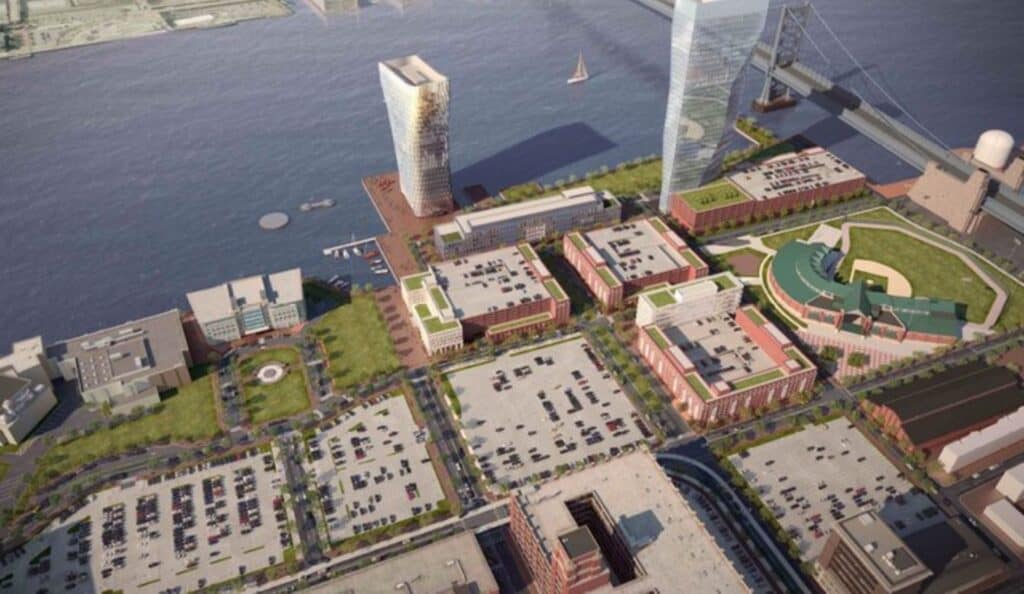
Under the auspices of Liberty Property Trust and Robert A.M. Stern, the waterfront in Camden, New Jersey, is getting a dramatic facelift. For $800 million, the master plan will revitalize 26 acres of land on the Delaware River with a mix of commercial, residential, and recreational spaces. Other details include 1.5 million square feet of commercial retail space, 211 residential units, a 130-room hotel, and 4,000 spaces for parking. Construction is actively underway for the American Water Works headquarters and Camden Tower American Water Works is the tallest building along the waterfront and the venue for the combined headquarters of three New Jersey corporate entities.
The project will create thousands of construction jobs and permanent incomes, stimulate the economy, and engage the community. The new waterfront area will offer cultural and recreational endeavors with the inclusion of public space, parks, and event venues for a whole host of community programs and events. The Camden Waterfront project is a visionary transformation that will redefine Camden’s relationship with the Delaware River, creating a premier destination for everyone’s enjoyment.
Waterfront Boulevard
This new park adds 10 acres of green space to the Bridesburg neighborhood of Northeast Philadelphia at the Delaware River waterfront. The Philadelphia Parks and Recreation Department and the Delaware River City Corporation are working together on this plan to turn a site that was once industrialized into a wonderful public space complete with recreation and education-enabling amenities. It will contain terraced seating, event spaces, play areas, and parking facilities.
The project’s phase I, which costs $2 million, was made possible through a grant from the William Penn Foundation in December 2015, while construction is currently in the stage of final design. The park will offer recreational opportunities, enhance environmental sustainability, and improve connectivity to the 11-mile bike trail network. It also presents the community with an enormous investment into its future as well in such improvement of quality of life through environmental sustainability and in a sense of community.
Graffiti Park Pier
The Graffiti Pier Park Project aims to transform the famous pier to convert it into an animate public park while keeping its legacy as an artistic past and enjoying space for recreation and community activities. New art and installations showcasing local and international artists in the future park will be part and parcel of this. Paths are to wander and sit for relaxation, in addition to spaces for children to play.
It has been hoped that these will also be marked with interpretive signs that carry educational information on the history of the park, street art culture, and some environmental and natural history concerning the Delaware River. The design will also feature public space activities, including workshops, and art classes along with events. It will have things like rain gardens and native planting in addition to environmental sustainability and ecology protection of natural habitats along the waterfront. Celebration of creativity, linking community members with one another, and custodianship of environmental resources are the aims of the project, thus making a place in which anyone could treasure memories and enrich the lives of all who visit.
South Wetlands Park Project
The South Wetlands Park Project is a new initiative for wetland restoration and environmental education. Located on a small stretch of the Delaware River waterfront, the park aims to preserve and showcase the natural ecosystems of the area while promoting awareness and providing resources to the community. Principal site features include trails, observation decks, and educational exhibits. In addition, the park will feature programs and activities to engage community members in the conservation effort, including workshops, guided tours, and volunteer opportunities.
Restoration and protection of natural wetlands along the Delaware River; environmental learning; promotion of biodiversity; water quality improvement; and recreational opportunity creation are among the goals of the project. The restoration of the wetlands will create a habitat for numerous plants and animals, improving the health and strength of the ecosystem in total. Also, the parks will offer recreational activities that promote the physical and mental health of the community.
Liberty on The River
Liberty on the River is an 18-acre, multifaceted development along the Delaware River Waterfront, designed to engender a friendly environment for the sake of a sustainable and inclusive community. The setting provides social living for residential, commercial, and public spaces alike to add quality to the lives of its inhabitants and visitors. It will include a variety of housing options, namely, senior housing and multi-family residential houses, to serve varied segments of the population.
The purpose of Liberty on the River is also to avail retail and commercial spaces with some semblance of shopping, dining, and entertainment. The program also emphasizes the provision of public spaces such as parks, recreational areas, and waterfront promenades that allow for social interactions and community engagement.
The project is dedicated to enhancing sustainable design practices by employing materials that are environmentally friendly with energy-efficient building systems and green infrastructure. Similarly, such sustainable activities as having green spaces, rain gardens, and permeable pavements will go a long way toward beautifying and environmentally improving this area.
Liberty on the River is poised to become a major economic driver for the region, with broad-scale employment in the construction, retail, hospitality, and service sectors. Connectivity and accessibility will also be an important component; thus, the proposed site will promote upgrades to public transit, as well as new pedestrian pathways and bike lanes.
Conclusion
Revitalizing the Delaware River waterfront speaks to the power of forward-thinking urban planning and community cooperation. As a whole, these twelve projects illustrate the variety of efforts toward making an accessible and sustainable waterfront where people can thrive.
With the love and care of these ongoing projects, the Delaware River waterfront is sure to become a premier destination in Philadelphia, weaving together culture, recreation, and economic opportunities in one area for the benefit of the entire region. Their ongoing transformation is sure to create everlasting marks on the waterfront, bonding people and communities for generations to come.
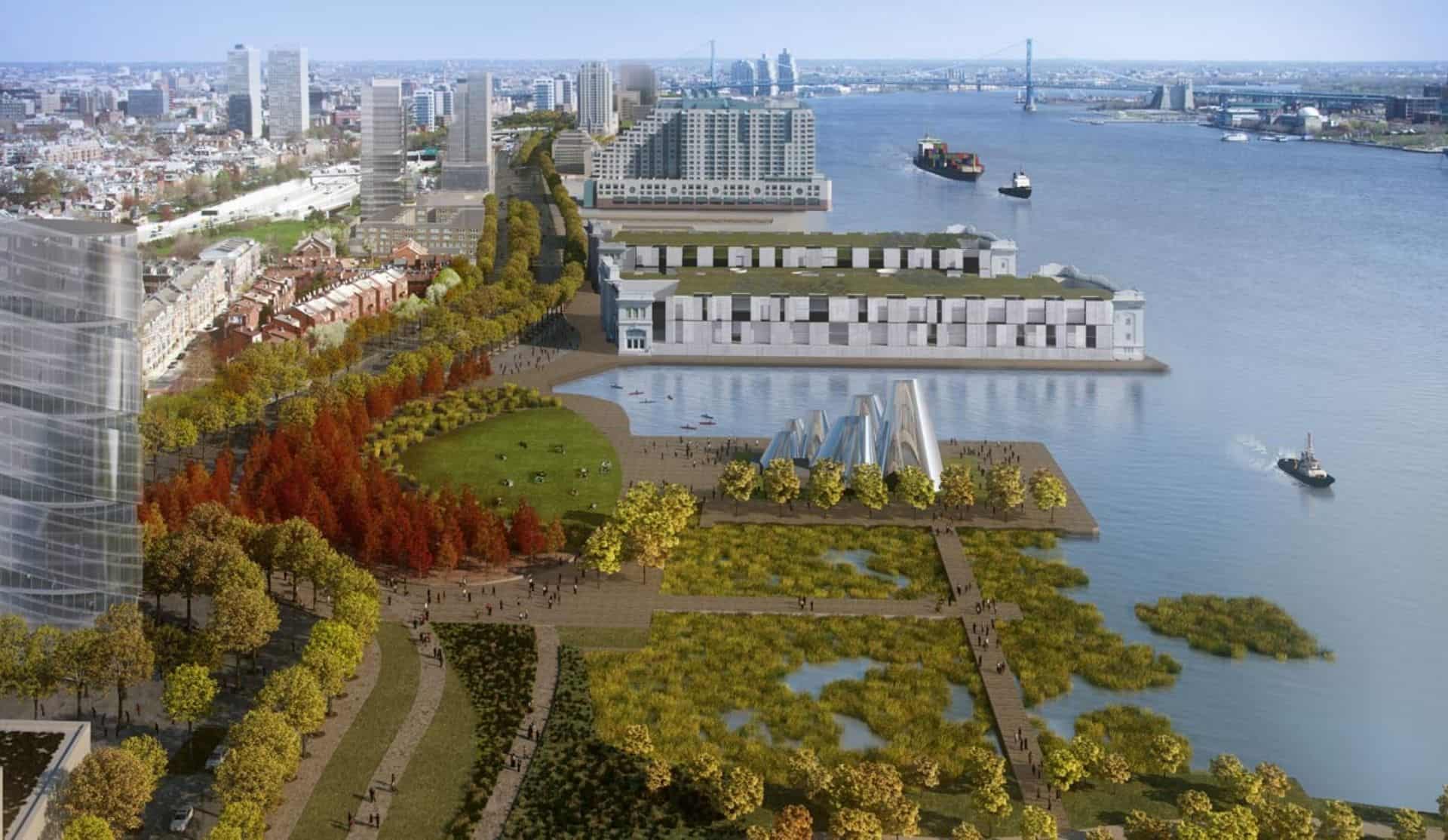
Leave a Reply